
And while you can't yet monitor the presence of a virus like COVID-19 in the air, you can measure a number of factors that affect the risk of viral transmission: temperature, humidity, and CO2. These air-quality measures are also linked to workplace well-being and productivity, so the better the air in your building, the better your occupants are likely to feel—and perform.
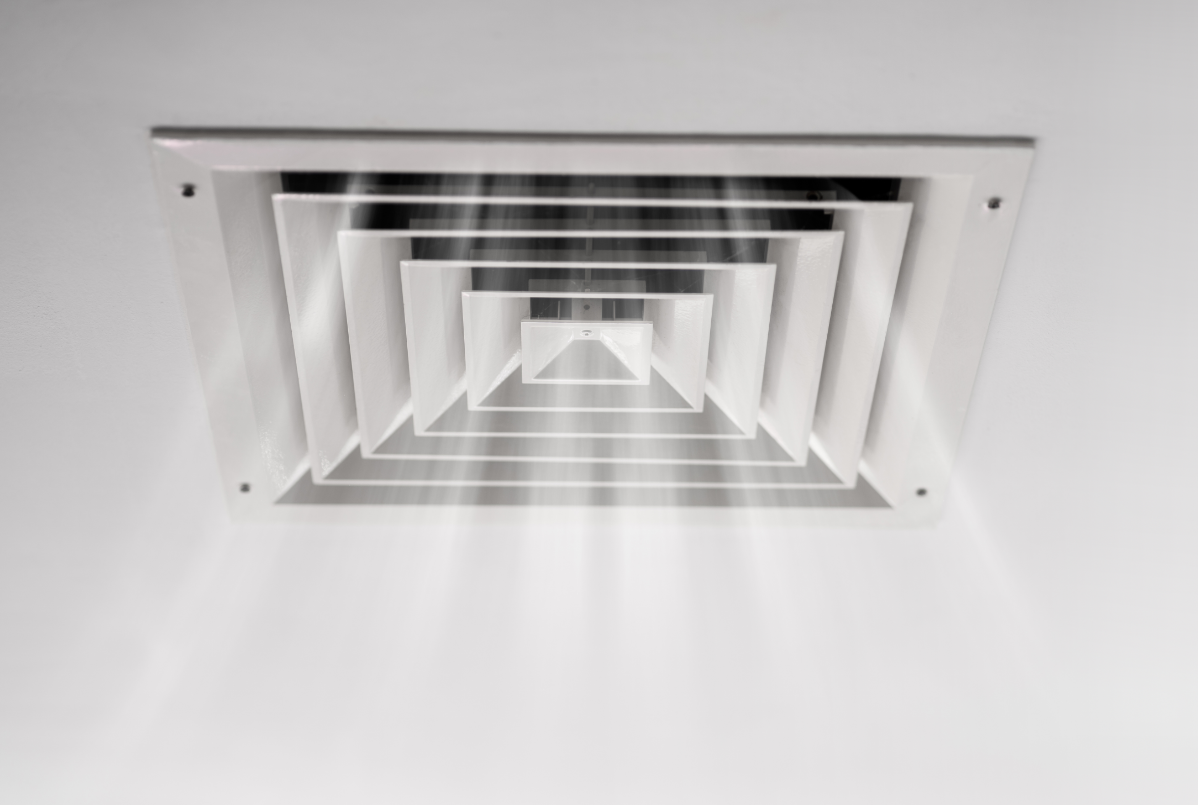
Excessive ventilation wastes energy. Ideally, a building's ventilation system provides just the right amount of air. Many ventilation systems, especially older ones, are based on constant air volume, which means they always operate at full capacity. By converting to an variable air volume system, you can optimize your energy efficiency with demand-controlled ventilation. The EPA found that a ventilation upgrade from constant air volume to variable air volume can achieve annual energy savings of 10 to 21 percent. Beyond that, with air-quality sensors, you have access to real-time data that informs when and where to efficiently deploy air filtration and temperature control.
Integrating indoor air quality (IAQ) sensing technology into your building automation system means you can collect building data that helps you perform preventative maintenance and avoid system failures. By tracking pollutant levels continuously over time, for example, you can easily identify where and when to address changes in air-quality parameters. Long-term trends are almost impossible to detect with periodic spot sampling, which provides only a snapshot of data points at a particular time.
IAQ monitoring is a key component in healthy building certifications like LEED and WELL. To earn certification under LEED v4.1, for example, a building must meet a minimum IAQ requirement intended to benefit occupants, maintain ventilation system equipment, and more. The WELL Building Standard establishes requirements that promote clean air in buildings and reduce or minimize sources of indoor air pollution.
Sensors are a crucial component of any building automation system, collecting data inputs used to control ventilation, air filtration, and other equipment. You can depend on technologies from Reliable Controls to monitor the IAQ in your facilities. Whether you need to measure particulate matter, volatile organic compounds, carbon dioxide, relative humidity, or temperature, Reliable Controls has sensor options to suit a variety of needs.

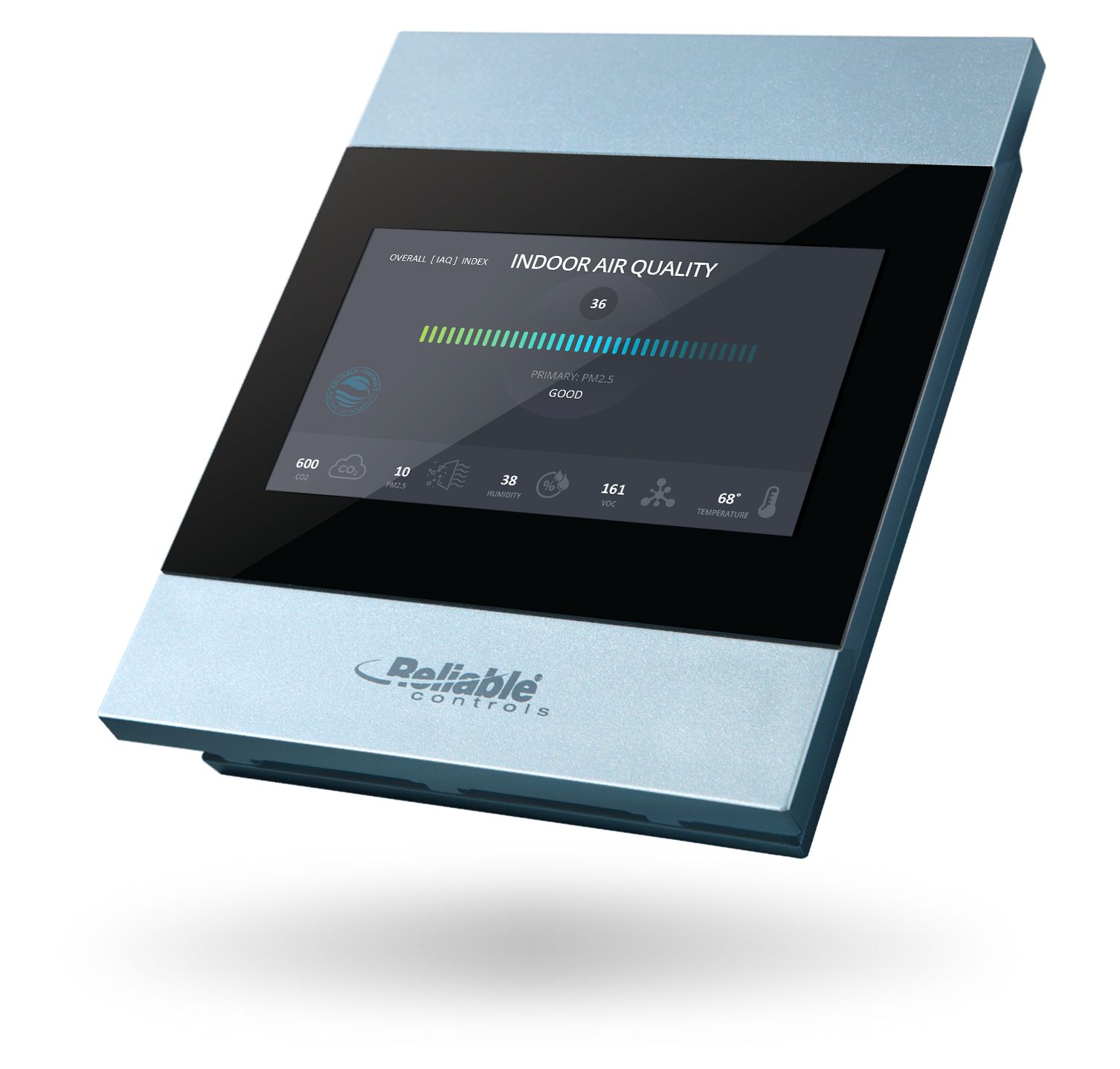
The Reliable Controls MACH‑ProView LCD is a powerful and elegant BACnet Building Controller (B‑BC) and BACnet Operator Display (B‑OD) that provides a plenitude of attractive, high-resolution graphical interfaces to access, control, and monitor the comfort and energy of any space.
A complement to any room, the Reliable Controls SMART‑Sensor EPD delivers a modern networked-sensor solution that allows you to connect with up to 10 configurable parameters related to your space.
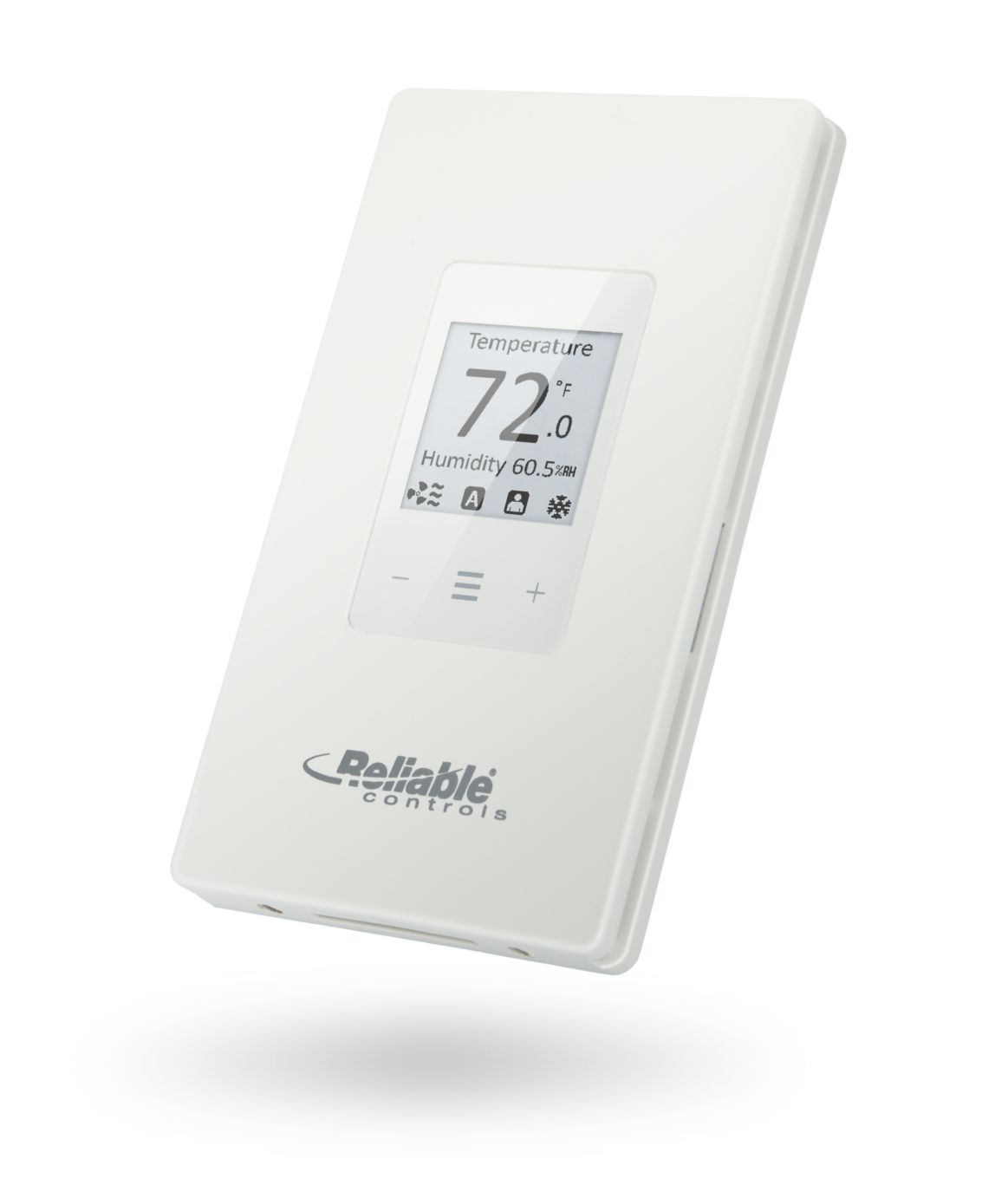
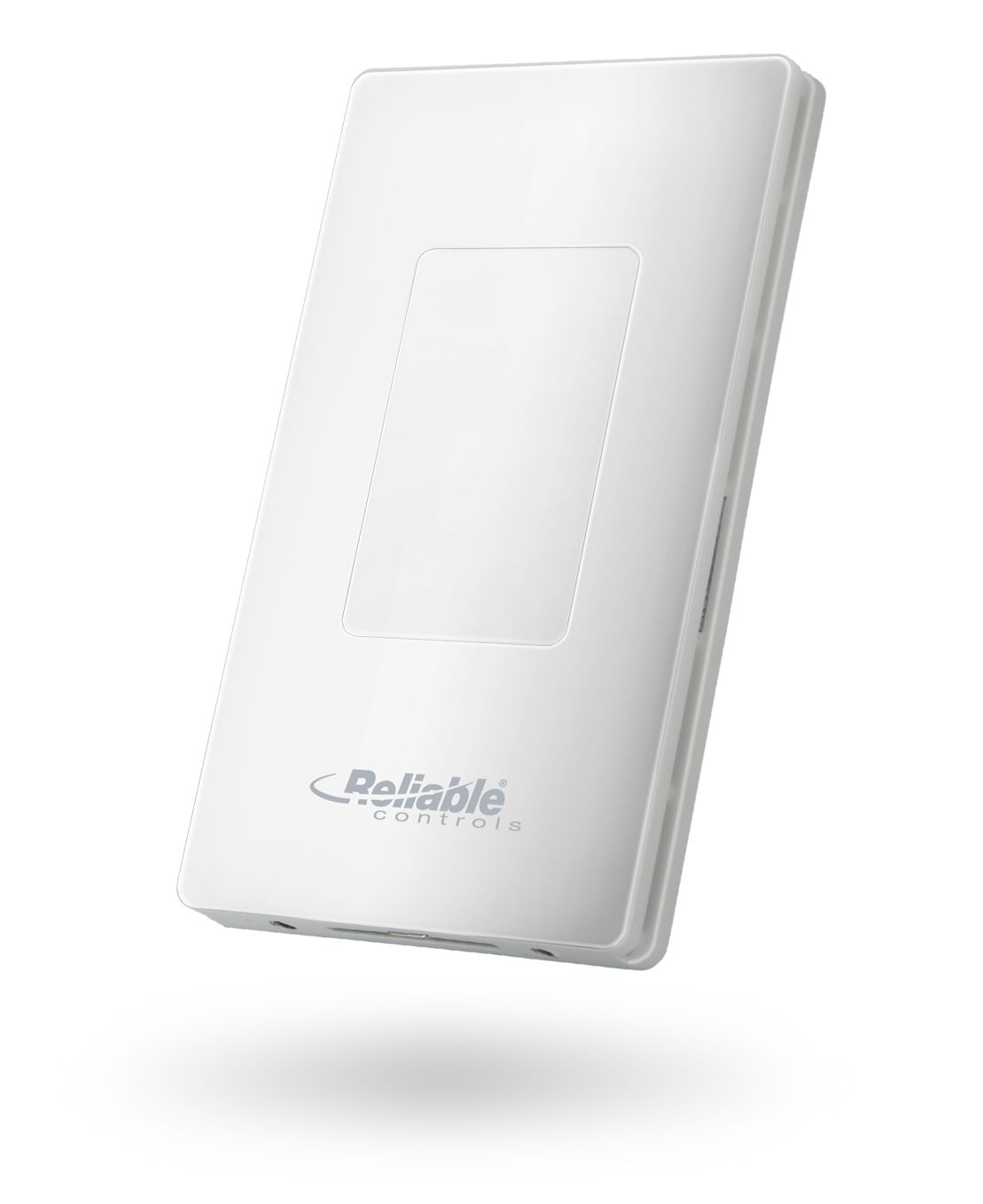
Aesthetically designed to complement any decor, the Reliable Controls SPACE‑Sensor Temperature provides a traditional temperature sensor solution with a wide range of options to help you achieve comfort.

Contact a Reliable Controls Authorized Dealer today to find out how our smart building solutions can improve the air quality in your building.
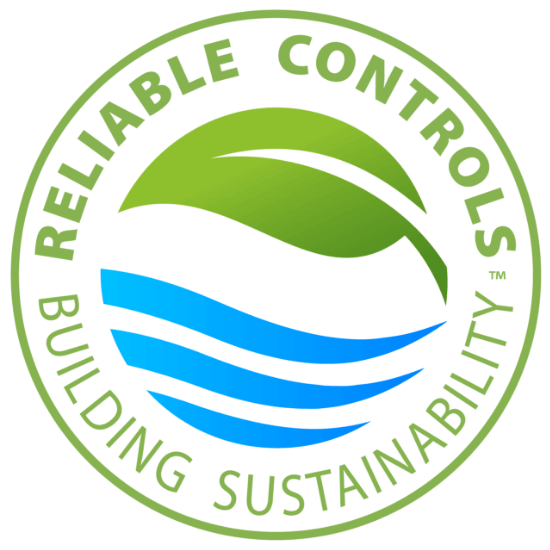
Sustainability infuses everything we do at Reliable Controls.
We are fully committed to a philosophy of people, planet, and profit.
Click each logo to learn more about how we incorporate these standards into the way we do business.